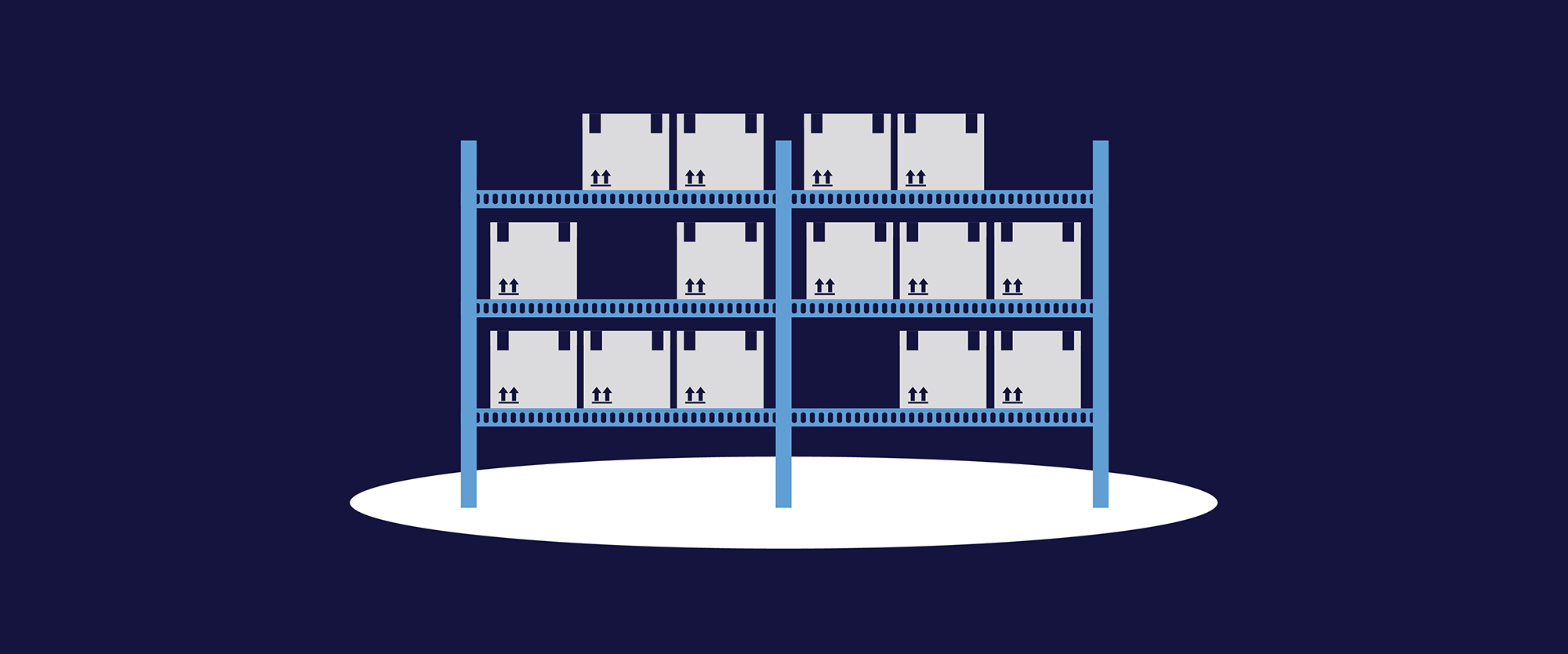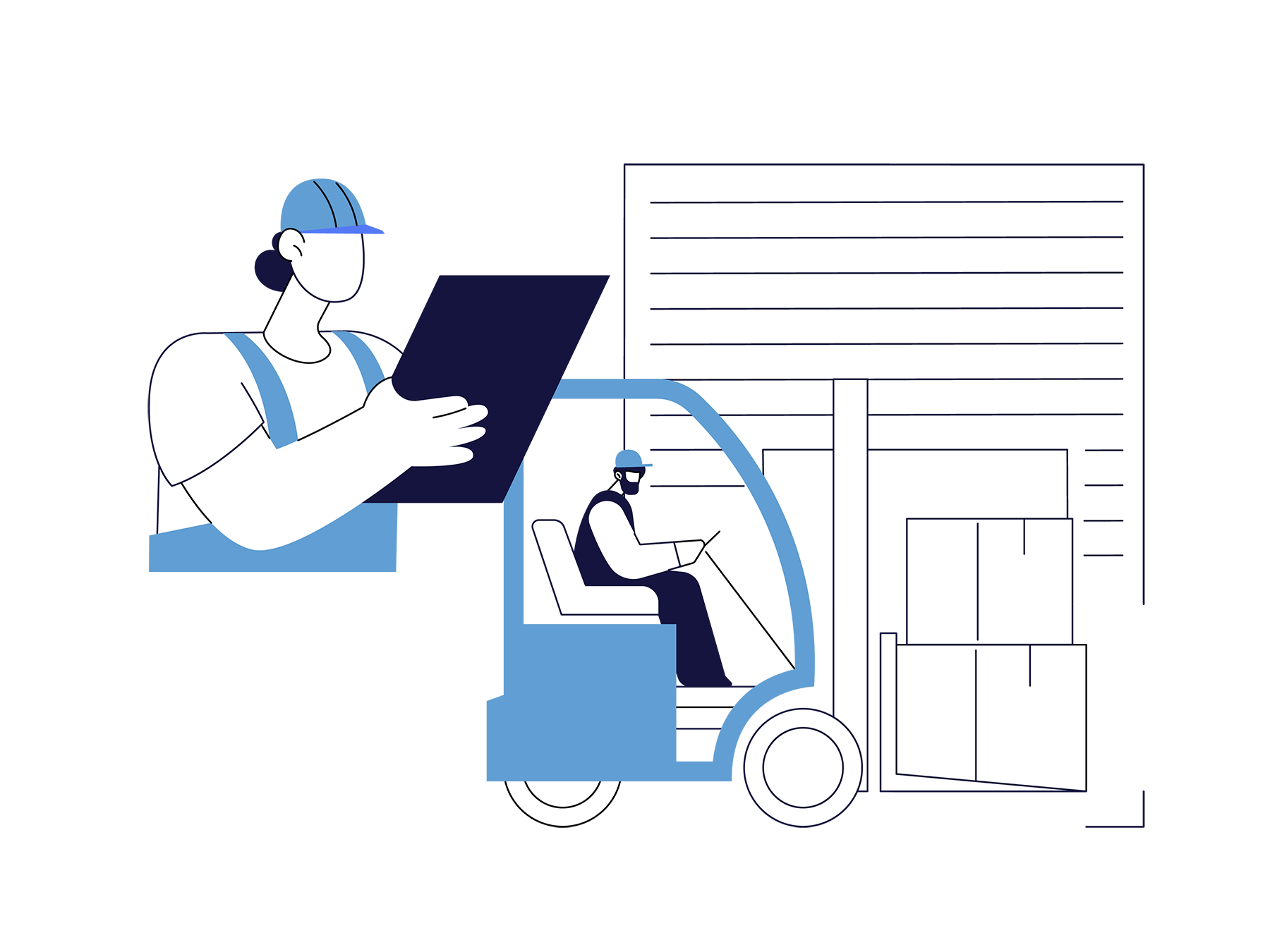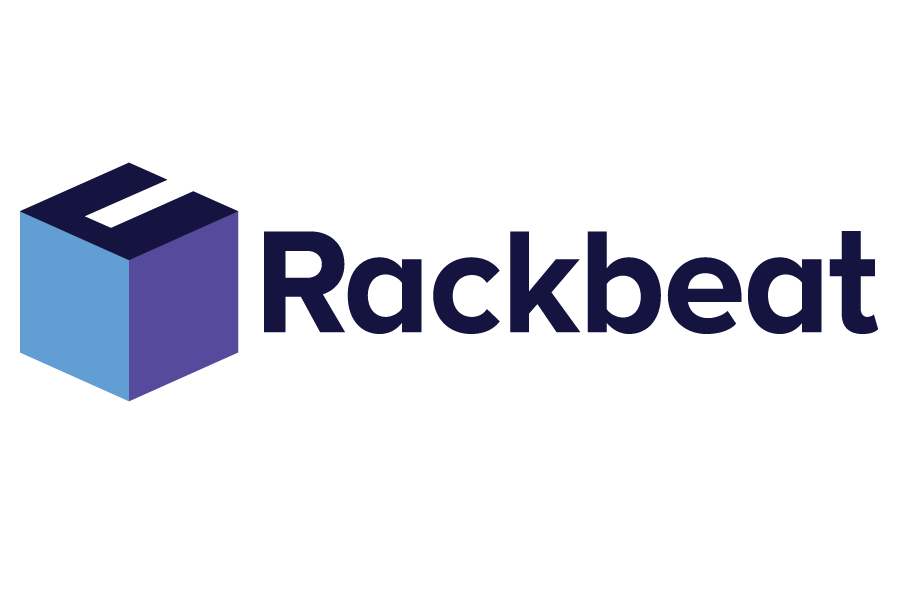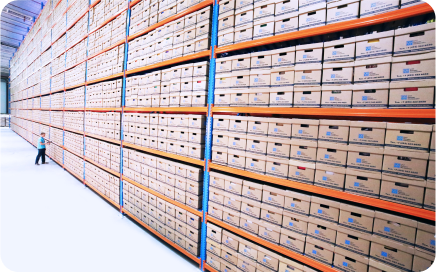Purchasing and Consumption of Goods – And the Importance of Good Inventory Management
By Rackbeat April 11, 2024

Your Purchasing and Consumption of Goods Ensure a Healthy Return
The goal for your business is to paint your economic bottom line grass green and keep as far away from the reddish brush strokes as possible.
(More money should be landing than departing).
The art here lies in balancing the fine line between purchasing enough goods to support customer demand, without ending up overfeeding the inventory with products you cannot sell. A balance that not only ensures daily operations but also your company’s ability to adapt to changing market conditions and customer needs.
Therefore, it is incredibly important that you have 100% control over the interplay between your purchasing and your consumption of goods.
But what actually lies behind the concepts of purchasing and consumption of goods, and why is efficient inventory management key to a healthy relationship for your purchasing and consumption? We will answer these questions for you in the following sections.
Briefly about the Purchasing of Goods
Purchasing of goods simply refers to the process by which a company acquires goods – either as raw materials for manufacturing or for direct resale. This step, also called purchasing management, is fundamental for any business that sells physical goods, as structured purchasing management ensures that goods are ready for the customer on time. More specifically, the acquisition of goods involves being able to accurately predict demand, understand market trends and have reliable supplier relationships. Here are three things that will make the purchasing of goods more efficient:
- Accurate demand forecasts: Use sales data, take into account seasonal fluctuations and market trends to predict what your customers will demand.
- Strong supplier relationships: Build strong relationships with suppliers to ensure reliability, quality, and volume discounts.
- Supplier diversification: To minimize the risk of supply chain disruptions, it can be useful to have several reliable suppliers.
That was one side of the coin. Let’s then take a closer look at when the product leaves your inventory.
Briefly about the Consumption of Goods
Your consumption of goods is the rate at which your goods are consumed or sold. It includes everything from raw materials used in manufacturing to finished goods sold to the consumer. In other words: It’s a barometer of how well your business is at getting rid of the goods that land in your inventory.
By keeping an eye on your consumption of goods, you can thus temperature-check whether your expenses on inventory are becoming too high compared to your sales rate. Understanding and optimizing your consumption of goods is therefore crucial to reducing waste, avoiding too much capital tied up in inventory, and improving your business profitability.
This is how you optimize your consumption of goods:
- Inventory turnover: Monitor how quickly inventory stock turns over. High turnover can indicate good demand, while low turnover may suggest you are purchasing too many goods or experiencing decreasing demand.
- Just-in-Time (JIT) inventory management: This approach minimizes your inventory and reduces inventory costs by only ordering and receiving goods when necessary.
- Analysis of consumption patterns: Understand consumption patterns and seasonal fluctuations in demand to adjust purchasing and inventory strategies. This can help prevent large purchases of slow-moving goods and avoid stockouts.
Your purchasing and consumption of goods should, of course, not be seen as two foreign planets, but rather a married couple that are mutually dependent. Therefore, we now look more closely at how to best bridge the two.

The Interplay Between Purchasing and Consumption as Well as the Role of Inventory Management
The key to good inventory management lies in finding the golden middle way between your purchasing and consumption of goods. You do this primarily by carefully monitoring, analyzing, and reporting on your inventory data. In this way, you can continually adjust your purchasing strategies to match the expected consumption. And this helps to ensure that your inventory is neither too full nor empty.
The interplay between purchasing and consumption through thorough inventory management is crucial to:
- Minimize excess inventory: By accurately predicting demand and optimizing purchasing times, companies can avoid unnecessarily large inventory quantities, which tie up capital and increase costs.
- Optimize capital utilization: A balanced inventory means that the company’s capital is used where it creates the most value, rather than being tied up in unused goods.
- Secure the availability of goods: Efficient inventory management ensures that popular items are always in stock, which improves customer satisfaction and strengthens brand loyalty.
It’s important to remember that efficient inventory management requires continuous attention and adjustment, as the market, customer behavior, and supplier relationships are not set in stone but are more like modeling clay.
In addition, you must remember to update your inventory numbers all the time – or rather: when you make purchases, write down an item, or make a sale.
This can be difficult in a busy everyday life.
To combat confusion, we have tried to cut the bread-and-butter work into more edible parts with a short post on efficient inventory management, to which you get a tailored inventory spreadsheet on the way. This will help you remember the registration of your purchases and consumption of goods and give you a sensible overview of your inventory.
But if we are to take it a step further, you can also look into the use of technological tools like inventory management systems, which can give you real-time updates on your inventory, control over your sales orders with order management, and a deeper insight into your consumption patterns, making it possible to make more accurate purchases.
This not only leads to operational improvements but also positions your company to exploit market opportunities more effectively and respond agilely to unforeseen challenges.
At the end of the day, however, it is primarily through a deep understanding of both purchasing and consumption of goods, combined with efficient inventory management practices, that you can achieve the optimal balance in the inventory. This not only ensures financial health and competitiveness in the short term but also sustainable growth in the long run. Efficient inventory management, which considers your purchasing and consumption of goods, is thus a strategic investment in your company’s future.
Want to Know More About the Benefits of Efficient Inventory Management?
If you would like to get a bit stronger in your inventory management, you can greatly benefit from reading or bookmarking this little write-up “What is inventory management – and why is it important?” for later.
Or maybe you perked up when we mentioned inventory management systems and are missing to hear a bit more about what they are. We have described them in short terms in our dictionary right here.



